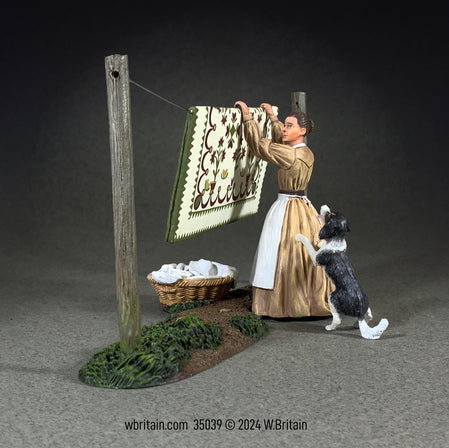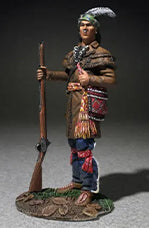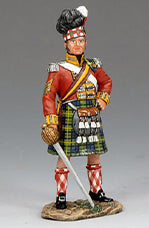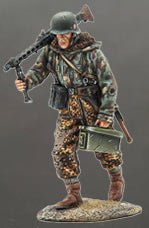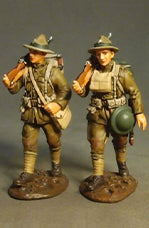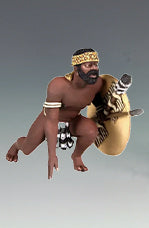35039 - “You Are Really Not Helping!” Woman Hanging Quilt with Playful Dog, 1855-68
Couldn't load pickup availability
You Are Really Not Helping! Woman Hanging Quilt with Playful Dog, 1855-68
In an era without stain remover or electric washing machines, laundry was a day-long burden. If the clothes were especially dirty, they would be soaked overnight. The next morning they would be drained and hot, soapy water poured over the soaked clothes. Each item would be carefully washed and sturdier fabrics would be scrubbed across a washboard. Items were placed into a tub on a stove or fire and covered with water, boiled vigorously, and stirred for at least 30 minutes, then moved to the rinsing tubs. Each item was rinsed twice, and wrung out thoroughly in between rinses. The caustic homemade soaps often made the housewife’s hands sore and red. Women hated wash-day so much that even low-income women would hire a laundress for some of their laundry. An estimated 60 percent of workingmen’s families spent at least some money on laundry service.
1/30 Scale
Matte Finish
Single Figure with Accessories in Box
